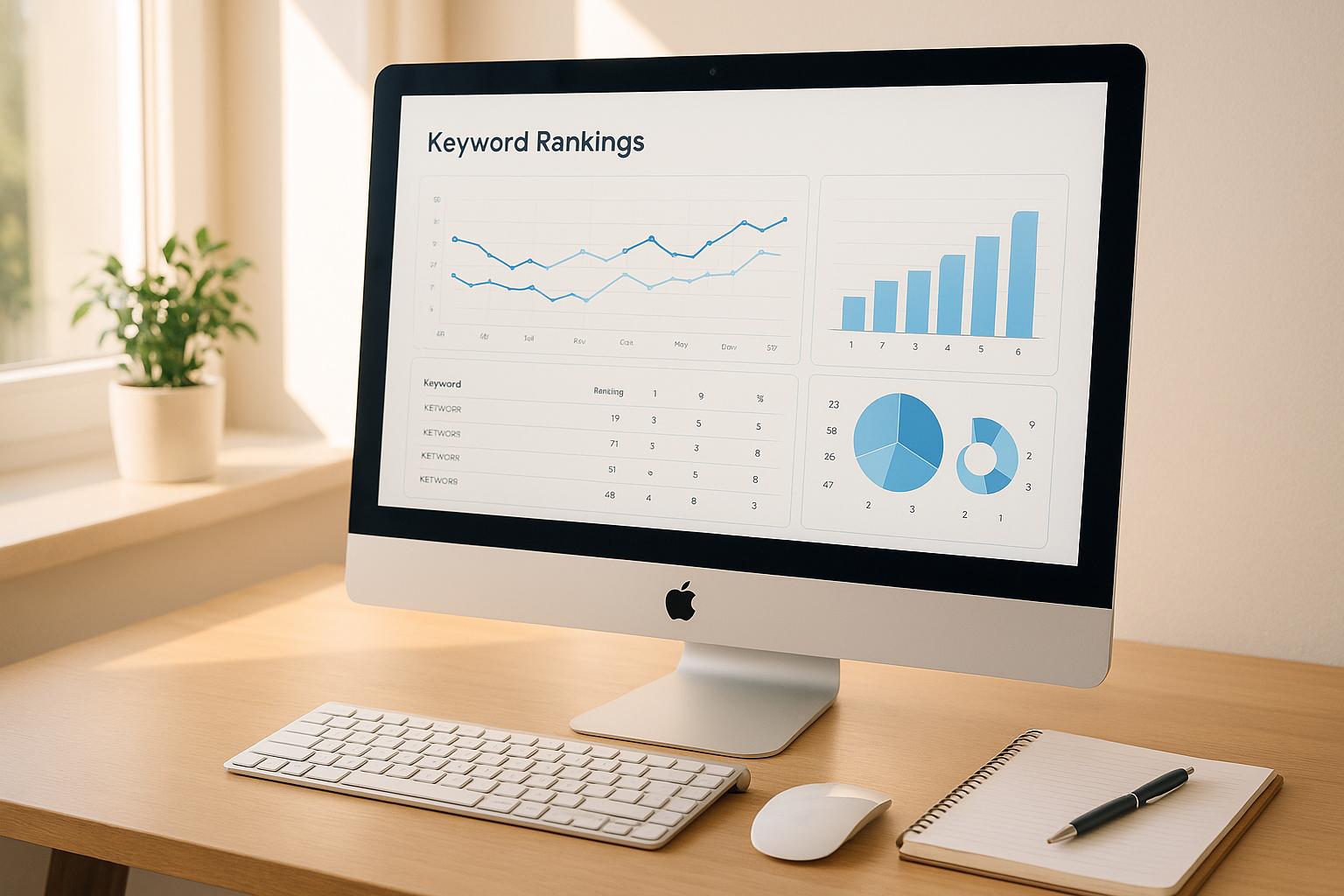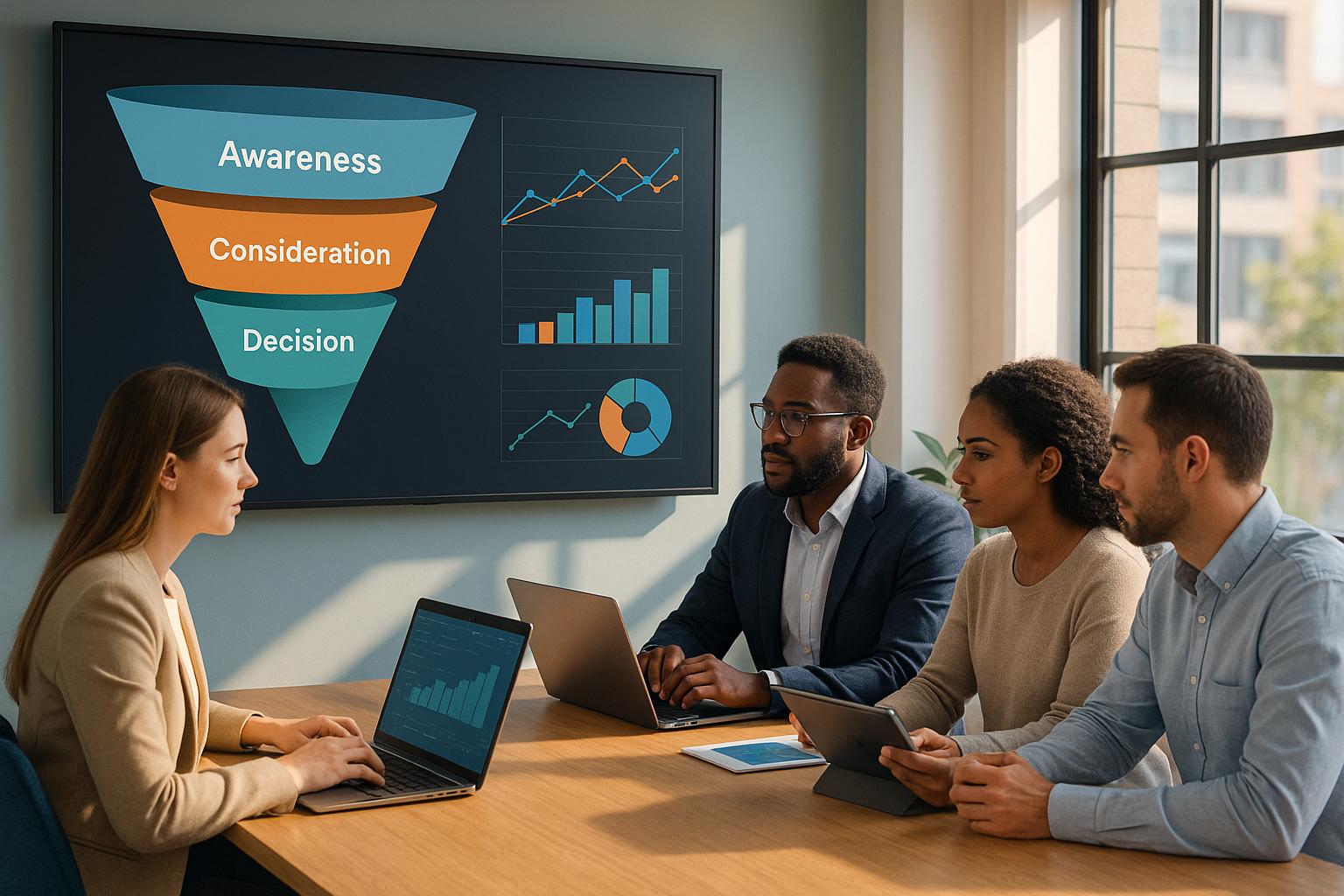When building links internationally, language barriers can create major challenges. These include misinterpreting keywords, translating content poorly, and failing to understand local communication styles. Issues like these can harm your outreach efforts, reduce engagement, and damage your brand’s credibility.
Key Points:
- Translation errors: Direct translations often miss regional nuances, leading to unnatural or confusing content.
- Keyword mismatches: Keywords that work in one language or region may not perform well elsewhere.
- Outreach problems: Poorly localized emails or pitches can seem unprofessional or insincere.
- Content evaluation challenges: Without fluency in the target language, assessing the quality of foreign content becomes difficult.
Solutions:
- Professional translation: Use experts to ensure accurate and relatable messaging.
- Native speaker involvement: Collaborate with native speakers to craft outreach and evaluate content.
- Specialized tools: Leverage SEO tools designed for multilingual campaigns.
- Local agencies: Partner with agencies familiar with specific markets for better results.
By addressing these barriers, you can improve your international SEO and build stronger backlinks globally.
Why SEO in Other Languages Is So Much Easier (and How to Do It Right)
Problems Language Barriers Create in Link Building
Language differences can complicate international link-building efforts, impacting everything from keyword selection to outreach and content evaluation. Let's break down how these challenges affect your strategy.
Wrong Keywords and Content Meaning
Translating keywords directly from one language to another rarely works as intended. Why? Because search behavior varies significantly across regions. A keyword that drives traffic in the United States might fall flat in the United Kingdom or Australia, even though they share the same language . Worse, word-for-word translations often target terms with little to no search volume in your target market .
Anchor text is another area where language barriers complicate things. Overusing exact-match keywords that have been mechanically translated can make your content seem unnatural - both to search engines and local users . This is where understanding cultural context becomes critical. A robotic translation risks alienating your audience, while localized adaptations can help your content feel relatable and authentic .
"Direct translations sometimes miss or distort the intended message. Localizing content ensures it retains relevance and appeal, considering regional idioms, slang, and cultural references." - Gelato
Take, for instance, Apple’s 2025 Mother’s Day campaign in China. By localizing their messaging, they managed to convey warmth and resonance. A direct translation, on the other hand, would have felt mechanical and out of touch.
Local Communication Problems
Keywords aside, poor translations can derail your outreach efforts. If your emails or proposals aren’t properly localized, they may come across as unpolished or insincere. This can make potential link partners less likely to engage with you. Bad translations don’t just hurt your message - they can damage your credibility.
Difficulty Evaluating Foreign Content Quality
Another hurdle? Assessing the quality of content in a language you don’t fully understand. Without fluent comprehension, you might overlook high-value opportunities or, worse, link to low-quality sites. Relying on machine translation or limited language skills can obscure important details, like tone or context, that signal whether a site aligns with your brand.
Metrics like domain authority only tell part of the story. To truly evaluate a potential link partner, you need to grasp the nuances of their content. Without this understanding, you risk building links that lack relevance or quality. As one expert put it:
"Ignoring Cultural Context Kills Relevance. Content that feels global often ends up feeling like it belongs nowhere." - SeoProfy
These challenges can slow down your link-building efforts and weaken your backlink profile. Without a clear understanding of the language and culture, your strategy risks falling short. The next section will dive into strategies for overcoming these language barriers.
How to Fix Language Barrier Problems
Breaking through language barriers isn't just about translating words - it's about connecting with people on their terms. To build meaningful international links, you need professional expertise, the right tools, and a deep understanding of local cultures.
Use Professional Translation and Local Adaptation
A professional translation does more than convert your message into another language; it ensures your content resonates with local audiences. This means capturing cultural nuances, using natural expressions, and aligning with how people in that region search online.
For instance, crafting outreach emails that feel personal and authentic requires understanding local greetings, etiquette, and communication styles. Even anchor text should reflect how native speakers naturally describe topics, avoiding awkward, direct translations of keywords.
Localization also means tailoring your value proposition to match what matters most in specific markets. A pitch that works in the U.S. might not hold the same appeal in Germany or Japan. By working with marketing-focused translation experts, you can adjust your messaging to align with these differences. When your outreach feels genuine and culturally relevant, you're more likely to see higher engagement and build stronger relationships with international link partners.
Find SEO Tools and Services for Multiple Languages
Navigating multilingual SEO can be complex, but the right tools and services make all the difference. Resources like the Top SEO Marketing Directory can connect you with agencies and tools designed for international campaigns.
These directories help you find experts who understand the unique challenges of different markets. From conducting keyword research in local languages to addressing technical SEO for international websites, these professionals can guide your strategy. Many agencies listed in such directories specialize in regional search behaviors, helping you uncover link-building opportunities that align with local trends.
Using tools built for multilingual SEO ensures you get accurate data and actionable insights. These platforms can help you identify regional keyword opportunities, analyze competitors' backlink profiles across various countries, and track your progress in multiple markets. Instead of relying on English-focused tools that may not translate well, leveraging specialized platforms equips you with the information needed to succeed.
The combination of technical SEO expertise and cultural understanding is key. This approach helps you avoid common mistakes like targeting irrelevant translated keywords or overlooking valuable linking opportunities that are only visible with local market insight.
Work with Native Speakers and Local Experts
Hiring native speakers for your link-building campaigns can solve many language-related challenges while bringing invaluable cultural context to your efforts. Native speakers have a keen eye for opportunities and can craft outreach messages that feel authentic, leading to better results.
Local experts go a step further, offering a deep understanding of their markets. They know which websites and publications hold real influence, how business relationships typically develop, and what kinds of partnerships resonate most in their regions. This insider knowledge allows you to focus your link-building efforts where they'll have the most impact.
Beyond translation, native speakers can evaluate content for quality and cultural relevance. Partnering with local agencies is another effective way to overcome language barriers. These agencies often have established relationships and proven outreach strategies tailored to their markets. They also understand the competitive landscape and can help position your proposals more effectively.
To get the most out of these collaborations, set up clear communication channels and define success metrics from the start. Regular check-ins ensure your international campaigns stay aligned with your overall SEO goals while giving local teams the flexibility to adapt tactics as needed for their regions.
sbb-itb-5be333f
Different Methods for Multi-Language Link Building
Breaking through language barriers is just the first step in building links across multiple languages. To truly succeed in international link building, you need to choose the right approach for your goals. Each method has its own strengths and challenges, so understanding them will help you make the best choice.
In-house translation means training your current team to handle multilingual outreach. This gives you full control over your messaging and ensures consistency with your brand voice. But it’s not a quick or easy process - your team will need months of training to build both language skills and cultural awareness. It’s a long-term investment that works best for businesses with dedicated resources and plans for sustained international growth.
Automated translation tools offer a quicker and cheaper solution for basic tasks. These tools can help you translate simple outreach templates or get a general understanding of foreign websites. However, they often lack the nuance needed to capture cultural subtleties, and the results can sound awkward or unnatural, potentially damaging your credibility.
Native speaker partnerships are a more personalized option. By working with native speakers, you can ensure your messaging feels natural and culturally appropriate. They can also spot opportunities that might be missed by non-native speakers. The downsides? Time zone differences and the challenge of finding reliable partners can make coordination tricky.
Local agency partnerships take things a step further by providing deep regional expertise and established networks. These agencies already know the best link-building practices for their markets and can deliver results more quickly. However, this approach tends to be more expensive and may offer less direct control over the process.
Hybrid approaches combine the strengths of multiple methods. For example, you might use automated tools for initial research, native speakers for outreach, and local agencies for large-scale campaigns. This approach balances cost, quality, and scalability but requires careful coordination to avoid inconsistencies.
Pros and Cons of Each Method
Here’s a quick breakdown of the benefits and challenges of each method:
| Method | Pros | Cons | Best For |
|---|---|---|---|
| In-House Translation | Full control; consistent brand voice; long-term cost savings | High training costs; slow ramp-up; limited cultural insight | Businesses with long-term expansion plans and dedicated resources |
| Automated Translation Tools | Quick and affordable; 24/7 availability | Lacks cultural nuance; awkward phrasing; credibility risks | Basic research or understanding foreign content - not ideal for outreach |
| Native Speaker Partnerships | Natural communication; cultural understanding; tailored messaging | Time zone challenges; finding reliable partners; quality can vary | Targeting a few specific markets with medium-scale campaigns |
| Local Agency Partnerships | Expertise in regional practices; proven strategies; faster results | High upfront costs; less direct control; potential communication gaps | Large-scale campaigns with bigger budgets and tight deadlines |
| Hybrid Approaches | Cost-effective; scalable; combines multiple strengths | Complex coordination; managing multiple vendors; risk of inconsistencies | Campaigns aiming for both efficiency and high ROI |
Your choice will depend on factors like your budget, timeline, and the number of markets you’re entering. For companies targeting just one or two markets, native speaker partnerships are often a good starting point. On the other hand, businesses planning a global expansion may find hybrid approaches more effective due to their flexibility and scalability.
To find the right resources, check directories like the Top SEO Marketing Directory, which lists agencies and tools specializing in multilingual campaigns. These providers understand the unique challenges of international link building and can help you navigate the process.
A smart way to begin is by testing a hybrid approach. Use automated tools for research and native speakers for outreach to keep costs low while maintaining quality. Once you’ve identified your most promising markets, consider investing in local agency partnerships for those regions. The key is to align your method with your goals and integrate it seamlessly into your overall international SEO strategy.
Conclusion: Solving Language Problems for Global SEO Success
Language barriers don’t have to stand in the way of your international link-building goals. Achieving effective multilingual SEO goes beyond simple translation - it requires a solid grasp of cultural subtleties, smart planning, and access to the right tools and expertise.
Many successful businesses understand that poorly translated keywords and cultural missteps can derail their efforts. That’s why they turn to solutions like professional translation services, partnerships with native speakers, and tailored strategies. Whether you choose to invest in internal training, leverage automated tools, collaborate with local agencies, or combine multiple approaches, your strategy should align closely with your objectives.
If you’re looking for expert support, the Top SEO Marketing Directory (https://marketingseodirectory.com) is a valuable resource. It features a curated list of top SEO agencies and software providers adept at navigating international SEO challenges. This directory can help you connect with partners who understand the complexities of global link-building, ensuring your efforts are both effective and culturally appropriate.
FAQs
How can businesses create culturally relevant link-building strategies for international audiences?
To craft link-building strategies that resonate with international audiences, it’s essential to align your content with the cultural norms, language, and preferences of each target market. This means creating content that feels relevant and relatable to the local audience. Partnering with local websites and influencers can also go a long way in building trust and credibility within those communities.
It's equally important to consider region-specific approaches. For example, understanding how people in a particular market search online and identifying the platforms they use most can help ensure your efforts connect with them effectively. By tailoring your strategies to reflect the unique traits of each region, you can boost engagement and achieve better results in your global link-building efforts.
What are the dangers of using automated translation tools for international SEO, and how can they be avoided?
Automated translation tools often come with challenges like inaccurate translations, missing cultural subtleties, and misaligned messaging. These issues can negatively impact both your SEO efforts and the overall user experience. The problem lies in the way these tools struggle to grasp context and tone - two elements that are essential for connecting with global audiences.
To sidestep these challenges, always ensure that translated content undergoes a human review and editing process. This extra step guarantees accuracy, respects cultural nuances, and tailors the message to resonate with the target audience. By blending automated translation with professional human oversight, you can preserve content quality and keep your SEO strategy on point.
Why should native speakers be involved in international link-building campaigns, and how do they enhance their effectiveness?
Incorporating native speakers into international link-building campaigns is crucial. They offer a deep understanding of local culture and language nuances, ensuring outreach messages are not just grammatically accurate but also culturally relevant. This thoughtful approach makes the messages more appealing and increases their chances of earning backlinks.
Native speakers also excel at creating content that feels genuine and tailored to the audience. This localized touch helps establish trust and fosters engagement with the target market. As a result, your link-building efforts become more impactful, potentially boosting search engine rankings across different regions.


